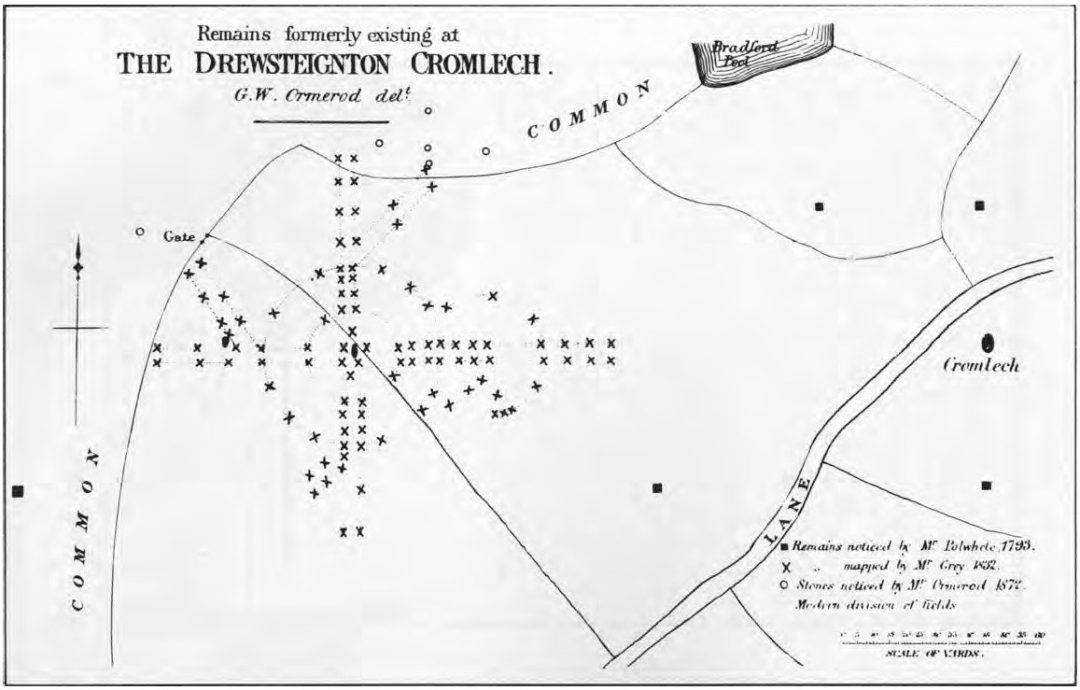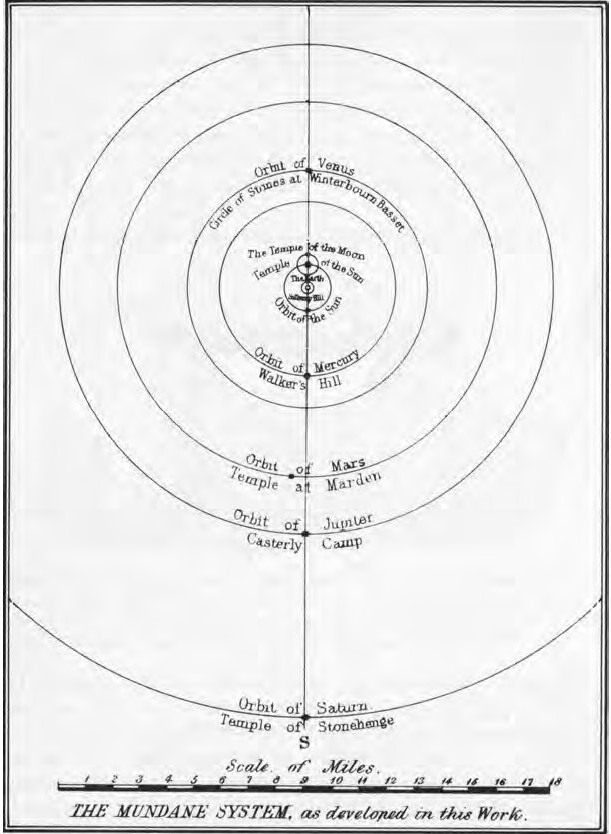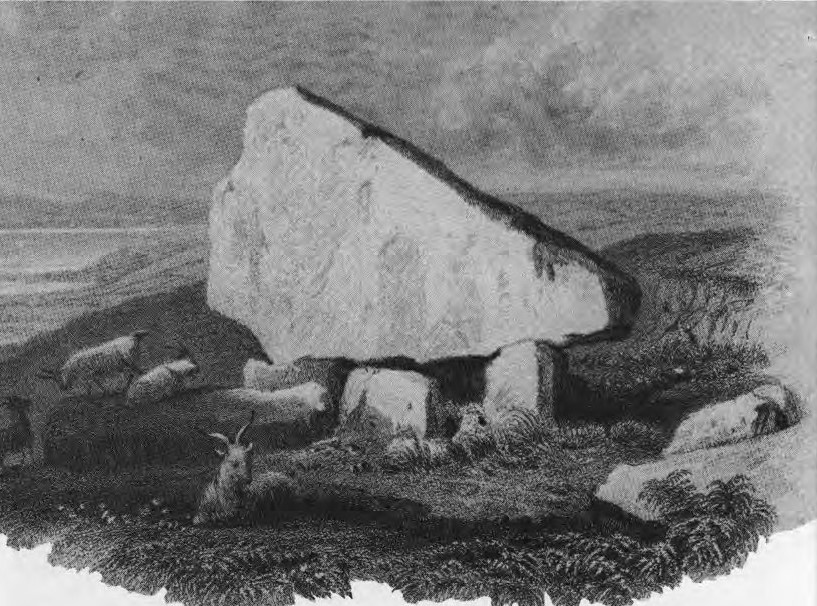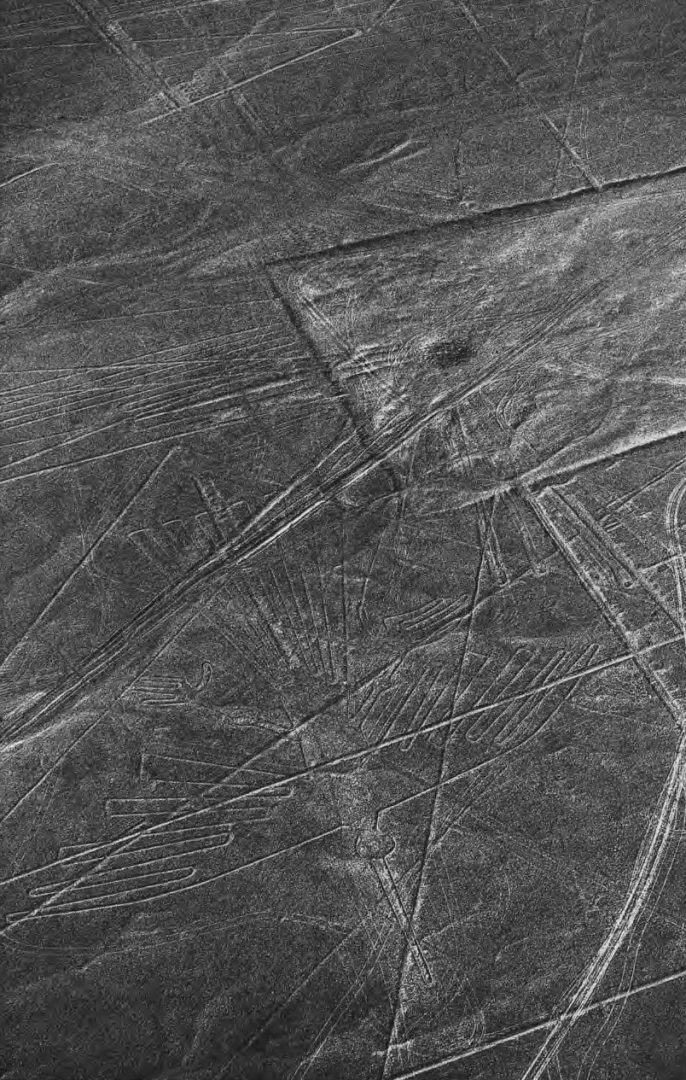Exploring Astro-archaeology in Prehistoric Monuments
In the shadowed corridors of prehistory, ancient builders left behind a cryptic legacy. One written in monuments aligned with the heavens, whispering secrets of a forgotten science. Secrets of the Stones: New Revelations of Astro-archaeology and the Mystical Sciences of Antiquity unveils this enigma. It traces the celestial connections embedded in megalithic sites across the globe. From Stonehenge’s solstice-aligned stones to the star-oriented temples of Egypt. John Michell’s work challenges the modern view of history. Suggesting that Neolithic peoples possessed an astronomical knowledge far beyond what we once believed. First published in 1976 and expanded in 1989, the book chronicles the evolution of astro-archaeology.
A field once dismissed as heresy but now gaining acceptance. It reveals how these prehistoric monuments, often spanning vast landscapes, served as observatories and sacred spaces, blending science with mysticism. Michell’s narrative, rich with historical accounts and modern research, invites us to reconsider the capabilities of ancient societies. From Britain to South America, we embark on a journey to uncover the profound relationship between the earth and the stars. A testament to humanity’s enduring quest for cosmic understanding.

Stonehenge Astronomical Alignments: Unveiling Ancient Precision
Stonehenge, a timeless sentinel on England’s Salisbury Plain, stands as a cornerstone of astro-archaeology, its stones screaming celestial truths. In 1740, William Stukeley, a pioneer of prehistoric studies, noted that Stonehenge’s axis and avenue align with the midsummer sunrise. A revelation that sparked the field’s infancy. He estimated its construction around 460 BCE, a date later refined by Sir Norman Lockyer and F.C. Penrose in 1901 to approximately 1820 BCE ± 200 years, aligning with radiocarbon evidence. Lockyer’s measurements showed the avenue’s azimuth at 49°34’18”. This was later adjusted by Alexander Thom to 49°57′, suggesting a slightly later date of 1600 BCE.
The avenue, stretching about 0.5 kilometers (0.3 miles) before turning southeast toward Haradon Hill, frames the sunrise. A spectacle still witnessed annually by Amesbury locals and Druids. John Wood, in 1740, viewed Stonehenge as a lunar temple. Lockyer however, identified its solstice alignments, noting the midwinter sunset visible from the center through stone portals. These Stonehenge astronomical alignments reveal a sophisticated understanding of celestial cycles, challenging modern assumptions about Neolithic capabilities. Michell’s Secrets of the Stones captures this defiance. It urges us to marvel at the ancient precision that continues to illuminate our past.

Ancient Mystical Sciences Revealed in Megalithic Sites
Beyond the stars, the stones of antiquity hold deeper truths, unveiling ancient mystical sciences revealed through their sacred designs. John Wood, in 1740, saw Stonehenge as more than an observatory. He declared it a lunar temple where the arrangement of its 30 sarsen pillars mirrored celestial cycles. A view echoed by John Smith in 1770, who linked the inner bluestones to the lunar month of 29 days and 12 hours. Across the Mediterranean, Sir Norman Lockyer’s 1890s research on Egyptian temples like Karnak, spanning 500 yards (457 meters) along its axis, showed alignments to the midsummer solstice sunset around 3700 BCE, with the sun’s rays penetrating the sanctuary.
At Denderah, the temple of Isis aligned with Sirius’ heliacal rising in 700 BCE, illuminating inscriptions of celestial events. In the Outer Hebrides, Alexander Thom’s 1960s studies of Callanish, standing 13 feet (4 meters) tall, uncovered lunar alignments. Thus orienting the site to the moon’s cycles rather than a pole star absent in megalithic times. These sites, from Britain to Egypt, were not mere observatories but sacred spaces where astronomy intertwined with geomancy. A mystical practice harnessing earth energies. When we are faced with such examples, it dares us to see these monuments as portals to a lost science. One that blends the cosmic with the terrestrial.

Nazca Lines Celestial Calendar: Mapping the Desert Sky
Etched across Peru’s arid plains, the Nazca Lines whisper ancient secrets. These often interpreted as a Nazca Lines celestial calendar by early researchers. Spanning miles of desert, these geoglyphs (lines, geometric shapes, and animal figures like a 450-foot (137-meter) bird) were rediscovered by Tony Morrison in 1967 while filming flamingos in the Andes. Dr. Maria Reiche dedicated over 40 years, from 1941, to mapping these markings. She proposes they marked seasonal positions of celestial bodies, a vast calendar etched into the earth. Yet, in 1968, Gerald Hawkins’ computer analysis found no significant correlation between the lines and solar, lunar, or stellar positions, challenging Reiche’s theory.
Many lines radiate from hilltop centres, but modern surveys by Anthony Aveni also yielded inconclusive astronomical results. Morrison, in his 1978 book Pathways to the Gods, suggested the lines might be pilgrim paths. Moreover, that they aligned to feast day sunrises unrelated to major solar events, thus obscuring their celestial purpose. Thought to date from the 1st to 12th centuries CE, the Nazca Lines defy simple explanation. Their sprawling network a testament to a culture’s enigmatic devotion to the heavens.

Cuzco Ceques Incan Cosmology: Aligning Earth and Sky
In the heart of the Andes, the Incan capital of Cuzco reveals a profound system of Cuzco ceques Incan cosmology, linking earth to the heavens. Documented by Spanish chronicler Father Cobo in 1653, the Incas maintained 41 ceques (straight lines radiating from the Sun Temple) connecting 328 sacred huacas, or holy spots, across a network up to 12 miles (19 kilometers) long. These ceques, tied to the Incan calendar’s sidereal month of 273 days, mirrored their social structure, with each line assigned to specific families and feast days from roughly 1200 CE.
Tom Zuidema, beginning his research in 1954, rediscovered many huacas, often natural features like springs and caves, noting that about a quarter aligned with celestial events such as sunrises, moonsets, or bright stars on key dates. With Anthony Aveni, Zuidema identified stone towers on the skyline, once used for solar observations but destroyed by the Spanish. The ceques, likened to the Incan quipu’s knotted strings, channelled spiritual energy akin to Chinese feng-shui’s ch’i, harmonizing the landscape with cosmic order. Michell’s Secrets of the Stones unveils this geomantic tapestry, where sacred paths wove Incan life into the divine, challenging us to see beyond mere astronomy to a holistic ancient science.

Megalithic Sites Earth Energies: Unveiling Hidden Forces
Beneath the ancient stones lies a subtle force, as megalithic sites earth energies reveal a deeper connection to the landscape. In the 1980s, the Dragon Project, led by Paul Devereux, studied sites like the Rollright stone circle in Oxfordshire. This spanning 100 feet (30 meters) in diameter, uncovering their geomagnetic significance. Using magnetometers, the project found that all 40 tested stone circles, from Cornwall to the Orkneys, sat above geological fault lines, emitting strong radiations. These can be described as pulsating energies that vary with sunrise, sunset, and seasons.
In Cornwall, these sites shielded against local granite radiation, while dolmens, often built over underground springs, harnessed dynamic forces detectable by dowsers. Michell highlights this as geomancy, akin to Chinese feng-shui’s ch’i, a life energy flowing through earth’s veins, influencing human psychology and manifesting as folklore’s “earth lights”. Indicated as wraiths, fairies, or luminous shapes tied to fault friction. At Callanish in the Outer Hebrides, stones 13 feet (4 meters) tall, Alexander Thom noted lunar alignments, but their placement also suggests a shamanic purpose, channelling energies for ritual. Secrets of the Stones challenges modern science’s dismissal of these forces, urging us to reconsider the ancient priesthood’s mastery over nature’s unseen currents, a science of enchantment that shaped prehistoric societies

Conclusion
These studies stand as a defiant beacon, illuminating the profound interplay between ancient astronomy and mystical traditions. It redefines our understanding of prehistory, revealing how megalithic builders wove celestial knowledge into the earth’s fabric. Therefore, these sites, spanning continents, were not mere observatories. They are sacred spaces where geomancy channeled unseen energies, harmonizing societies with cosmic rhythms. The Nazca Lines’ enigmatic patterns and Callanish’s lunar alignments whisper of a science that blended the empirical with the spiritual, challenging modern assumptions about Neolithic capabilities. Michell’s narrative, enriched by pioneers like Sir Norman Lockyer and modern researchers like the Dragon Project team, unveils a lost priesthood’s mastery over nature’s forces. A science of enchantment that ritualized life through celestial cycles.

